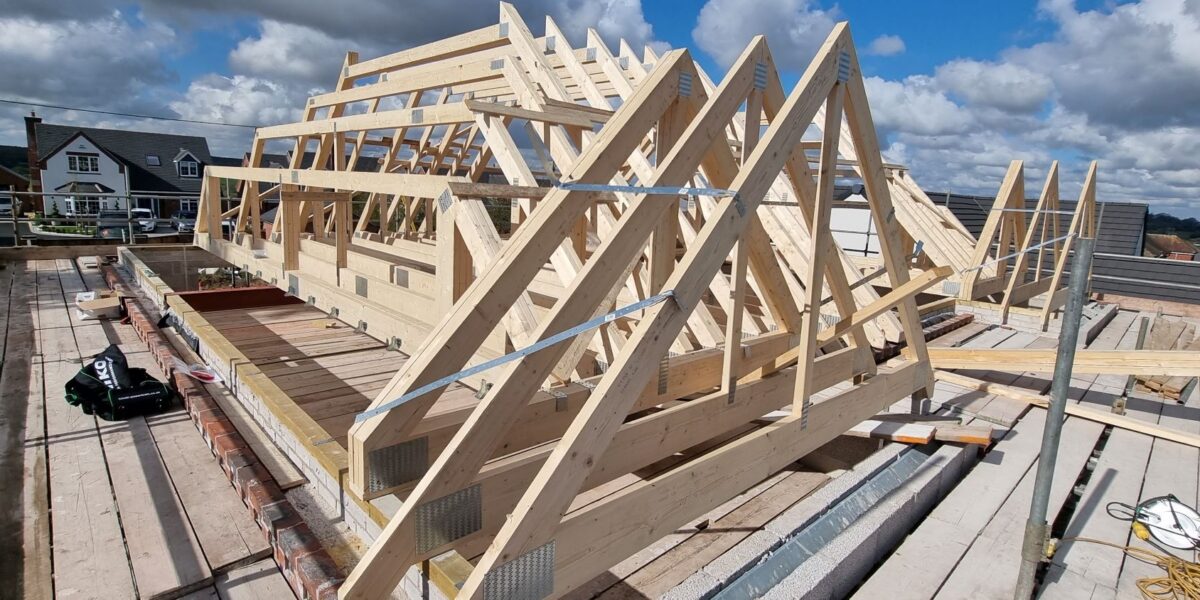In this article, we’ll explore how Modern Methods of Construction can help developers achieve their goals.
Embracing Modern Methods of Construction
Modern Methods of Construction (“MMC”) include building techniques that streamline the construction process, reduce waste and enhance efficiency. Off-site construction, a key component of MMC, involves prefabricating building elements offsite and assembling them quickly on location. This method not only accelerates construction timelines but also improves quality control and reduces the environmental impact of building projects.
The Benefits of Off-Site Construction
- Speed of Construction: One of the most significant advantages of off-site construction is its speed. Off-site prefabrication allows for simultaneous site preparation and manufacturing, drastically reducing the overall build time. According to the NHBC, projects utilising these off-site methods can be completed up to 30% faster than traditional methods. This speed enables developers to meet deadlines and reduce financing costs, ultimately leading to improved profitability.
- Cost-Effectiveness: In the face of rising material costs and labour shortages, timber frame construction, including elements like floor joists and roof trusses, can be a cost-effective solution. The efficiency of prefabrication minimises onsite labour requirements, leading to lower labour costs. Additionally, timber is often less expensive than traditional building materials, its lightweight nature can reduce transportation costs and foundation requirements.
- Sustainability: Timber is a renewable resource, and when sourced responsibly, it offers a sustainable alternative to traditional construction materials. The NHBC emphasises that timber frame buildings, including roof components, have a lower carbon footprint compared to their brick and block counterparts. Moreover, modern timber treatments enhance durability and fire resistance, ensuring that sustainability does not compromise safety.
- Design Flexibility: Timber frames provide architects and developers with significant design flexibility. The adaptability of timber allows for open-plan spaces and intricate designs that can meet diverse market demands. Roof trusses and spandrel panels, for example, offer versatile design options that enhance both aesthetic and functional aspects of a building. This versatility is essential for developers looking to create distinctive, marketable properties that stand out in a competitive landscape.
- Improved Energy Efficiency: Timber frame construction can contribute to enhanced energy efficiency, a crucial factor for today’s eco-conscious consumers. With greater insulation properties when compared to traditional materials, timber frames help to create homes that are not only comfortable but also reduce heating and cooling costs. Roof trusses and floor joists play a vital role in maintaining energy efficiency throughout the structure. Developers can leverage this energy efficiency as a selling point to attract buyers seeking lower running costs.
The Path Forward
As the construction industry continues to evolve, Modern Methods of Construction, particularly timber frame and off-site construction, is vital for developers aiming to achieve their project goals. By prioritising speed, cost-effectiveness, sustainability, design flexibility and energy efficiency, developers can navigate the challenges of today’s market while meeting the expectations of future homeowners.
In conclusion, investing in timber frame and off-site construction, for roof trusses, spandrel panels and floor joists, is a strategic move that aligns with the goals of modern developers. By leveraging the benefits of this approach, developers can ensure they remain competitive and responsive to the ever-changing landscape of the construction industry.
Take the Next Step Towards Smarter Construction
Ready to explore how off-site construction can transform your projects, streamline your process, enhance sustainability and achieve your development goals faster?
Contact us today to learn more about integrating these techniques into your next build.


Comments are closed.